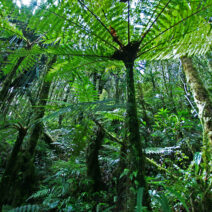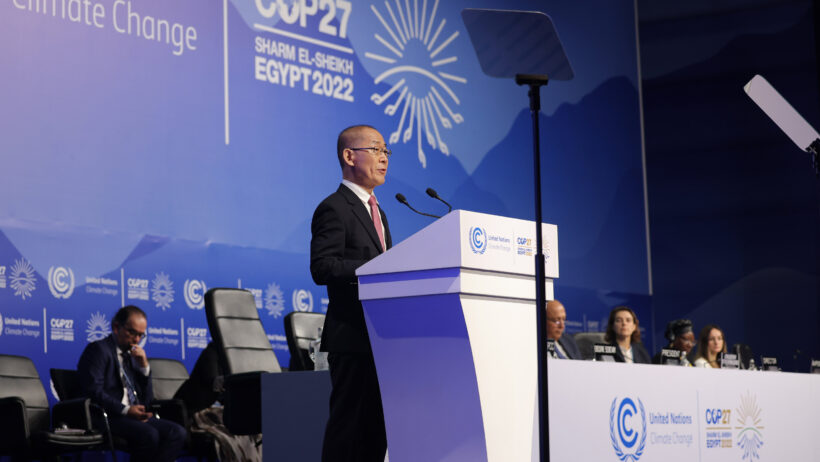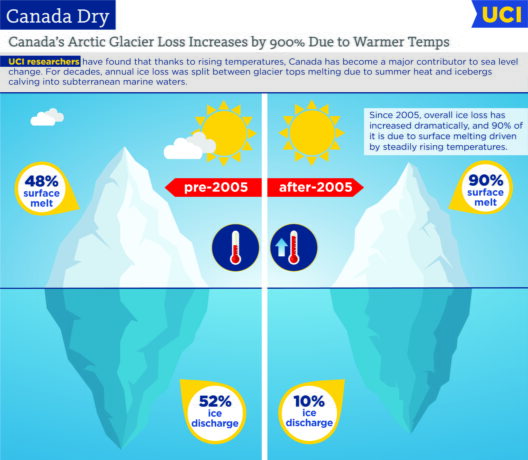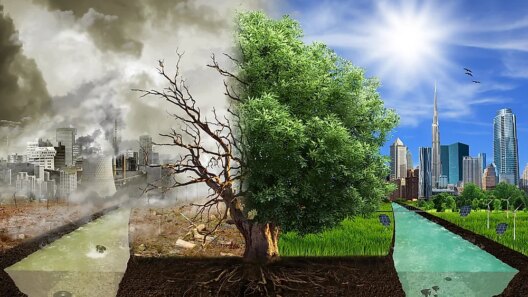Photosynthesis is often heralded as one of nature’s most intricate processes. This biological marvel is not merely a mechanism for plants; it represents a profound interaction between the Earth’s flora and the atmosphere. Through photosynthesis, plants absorb carbon dioxide and water, with sunlight acting as the energizing force, to produce glucose and released oxygen. This process is not just critical for plant life; it holds the key to tackling one of the most pressing challenges confronting humanity today: global warming.
Understanding the intricacies of photosynthesis unveils a dual purpose: it provides sustenance for plants while simultaneously exerting a cooling influence on the planet. In a world grappling with rising temperatures and escalating carbon dioxide levels, viewing photosynthesis through a different lens reveals its potential as nature’s secret weapon against climate change.
At the heart of photosynthesis lies chlorophyll, the green pigment that inhabits the cells of plants, algae, and some bacteria. This pigment is the primary agent that captures sunlight. Chlorophyll absorbs light most efficiently in the blue and red wavelengths, making it pivotal in converting solar energy into chemical energy. As plants harness sunlight, they transform carbon dioxide from the atmosphere into organic compounds, sequestering carbon within their biomass. This carbon absorption plays a significant role in mitigating atmospheric carbon dioxide levels—a critical factor in the greenhouse effect associated with global warming.
As we delve deeper, it becomes evident that the scale of photosynthesis is massive. Consider the sheer volume of phytoplankton in the oceans, which, despite their microscopic size, contribute to a staggering portion of global photosynthetic activity. These tiny organisms produce oxygen and take up carbon dioxide, functioning as the Earth’s lungs on an immense scale. Furthermore, terrestrial plants—from majestic redwoods to humble grass blades—collectively sequester tons of carbon annually. The integral role of these carbon sinks, therefore, cannot be overstated.
However, climate change presents challenges that could hinder the efficacy of photosynthesis. As temperatures rise, the delicate balance within ecosystems is disrupted. Enhanced levels of carbon dioxide might initially appear beneficial, prompting increased photosynthetic rates; nevertheless, the repercussions of extreme weather events, droughts, and shifting climatic conditions can negate these advantages. Stress hormones, triggered by unfavorable conditions, can impede a plant’s ability to photosynthesize efficiently. The resultant decline in healthy vegetation can lead to diminished carbon sequestration capacity, amplifying the cycle of climate change.
Faced with these challenges, scientists and environmentalists are exploring innovative avenues to bolster photosynthesis as a natural ally against global warming. One promising area of research is the concept of enhancing photosynthetic efficiency. Genetic engineering and biotechnological advancements hold the potential to optimize the photosynthetic pathways of plants, making them more efficient in carbon absorption. By engineering crops that can thrive in harsher conditions or have enhanced growth rates, it is possible to create a new generation of plants that not only feed a growing population but also contribute significantly to carbon sequestration.
Moreover, reforestation and afforestation offer practical methods of utilizing the natural prowess of photosynthesis. By restoring degraded forests and planting new forests in non-forested areas, vast expanses of land can be transformed into thriving ecosystems that actively capture carbon. It has been estimated that global tree restoration could sequester approximately 1.1 to 1.6 billion metric tons of carbon annually. This number underscores the incredible potential of harnessing photosynthesis as a tool for climate action.
In addition to terrestrial systems, aquatic ecosystems present untapped opportunities. Restoring mangroves and coastal wetlands can expand areas where photosynthesis thrives, enhancing carbon sequestration while bolstering biodiversity. These ecosystems serve as vital buffers against sea-level rise and storm surges caused by climate change. Protecting and restoring such habitats not only aids in carbon absorption but also fortifies coastal communities against the underlying impacts of climate change.
It is also essential to recognize the role of agriculture in this dialogue. Sustainable agricultural practices, such as agroforestry and permaculture, can significantly enhance the photosynthetic capabilities of farmed lands. By integrating trees and varied plant species into agricultural systems, farmers can boost soil health, increase biodiversity, and improve overall ecosystem resilience. Utilizing these techniques, we can create agricultural systems that are not only productive but also capable of sequestering carbon and mitigating climate change.
Another burgeoning field of study is biomimicry: the design and production of materials that replicate natural processes. Researchers are investigating ways to mimic photosynthesis chemically and mechanically, striving to develop artificial systems that can efficiently convert carbon dioxide into usable energy. Such innovations could revolutionize energy production and contribute to moving towards a zero-carbon economy.
In light of these insights, the discourse surrounding photosynthesis extends beyond academic interest—it embodies hope. As we harness the power of this natural process, a shift in perspective could redefine our approach to combating climate change. By acknowledging and amplifying the role of photosynthesis, humanity can work towards a sustainable future, where ecological balance is restored, and the planet breathes easier.
Ultimately, the combined efforts of science, innovative thinking, and conservation practices may forge a path through the challenges posed by global warming. When viewed as nature’s secret weapon, photosynthesis illuminates a potential strategy that connects environmental stewardship with the urgent need to address climate change through proactive measures.





